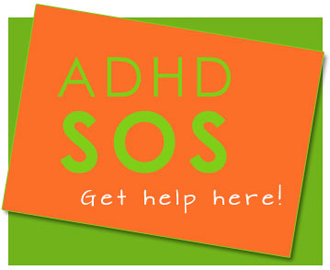Going to therapy for the first time takes some courage. You talk about very personal things with someone who is a complete stranger. What can you expect?
- First of all, many people feel nervous and uncertain about their first visit. It’s ok. This is a common feeling in psychotherapy.
- Before you come into the office, you will have to fill out some paperwork. You will receive a written description of my practice and you will need to sign an informed consent form. Additionally, you will fill out an intake form as well as a form giving you information about how your records are safe-guarded and the extent to which those records are confidential.
- Your first counseling session is called the intake. I will be gathering a lot of information about you, as part of the getting to know you process. During the intake session, I focus not only on what has brought you into my office, but also the things that are going well for you- supportive family and friends, talents, passions. These things play a big part in your feeling better.
- This is your time. You can use it as you wish to talk about anything you like, but to make our time together more effective it helps to have a general idea of what you would like to talk about prior to coming into the office. Jotting down topics or thoughts often helps.
- I will likely have some questions for you. Your background is important, as well as the concerns that exist in your life and your perception of the problem. At the end, I may offer you a different perspective to your problem as well as some brief homework to help with goal setting.
- I will not pressure you to talk about topics that are too uncomfortable for you. You have control over the progress of each session. Psychotherapy is a process and change takes time, it rarely occurs in just one visit. I generally find that it takes three or four visits to feel comfortable and attain clarity about yourself and the choices you can make to improve the quality of your life.
- At the end of the first session you should feel relief and a sense of hope. The frequency of your sessions will depend on your particular needs. Some clients prefer to come weekly while they are addressing a problem in the early stages and then schedule less frequent appointments to maintain gains or even just have an occasional “touch up” session.
Maybe you’re ready to take the next step and set up your first appointment. Feel free to give me a call at (305) 446-0333 or send me an email at info@marthaalvarez.com





 Kids need guidance and discipline as they grow into responsible, caring adults. Parenting young teens is not for the faint of heart. It’s hard work. As young teens become more independent your parenting style may change. They need to be given more choices and taught critical thinking skills.
Kids need guidance and discipline as they grow into responsible, caring adults. Parenting young teens is not for the faint of heart. It’s hard work. As young teens become more independent your parenting style may change. They need to be given more choices and taught critical thinking skills.


